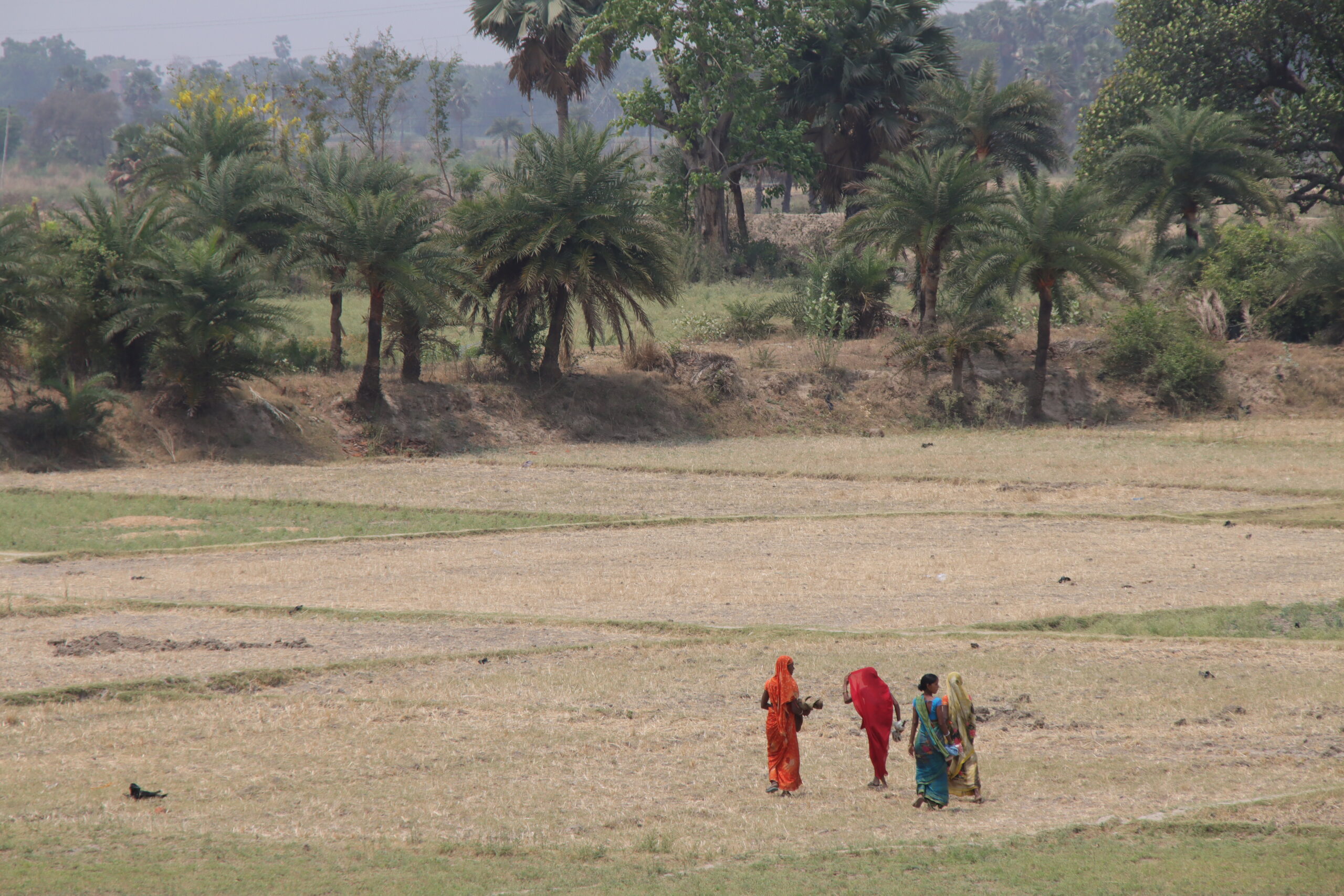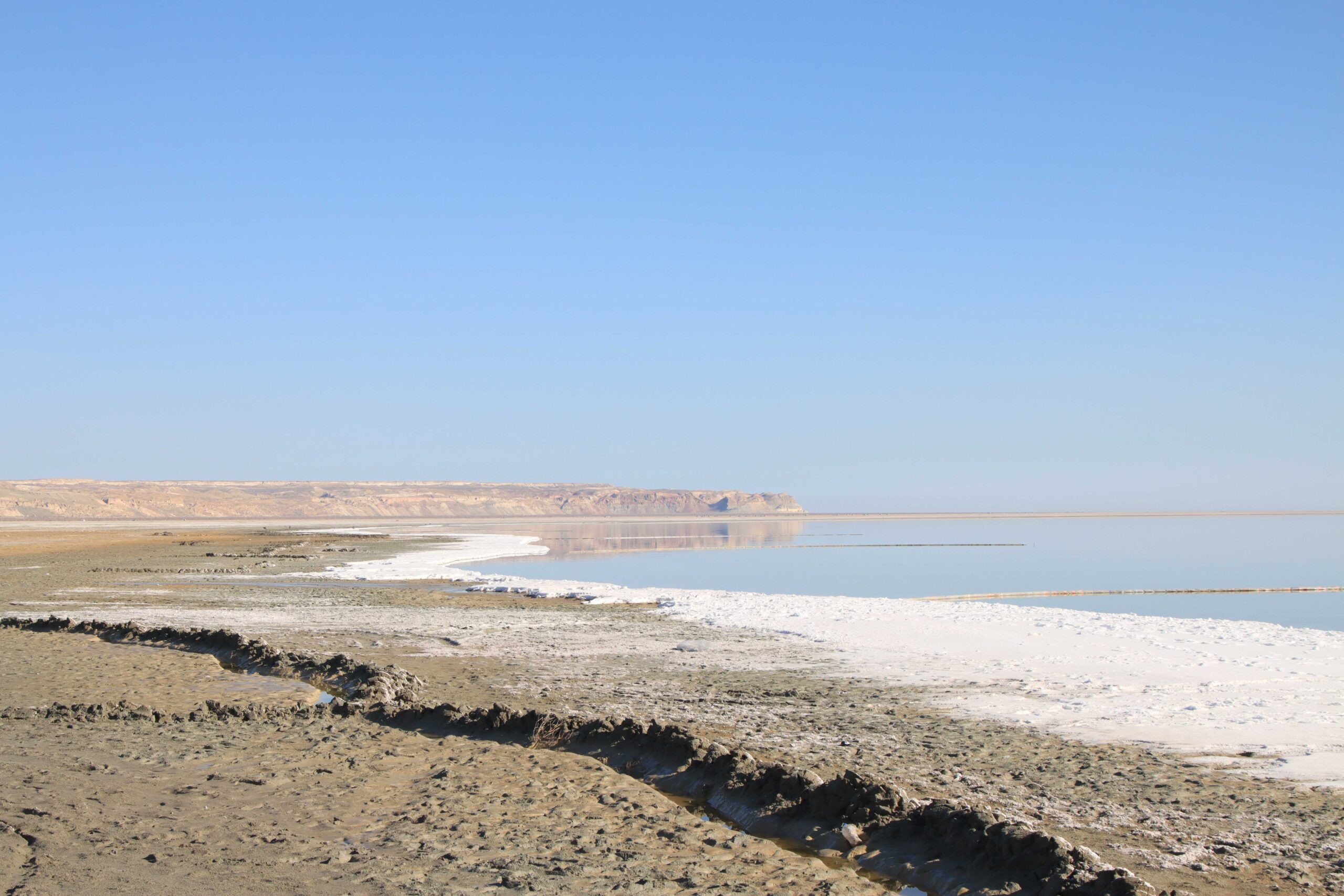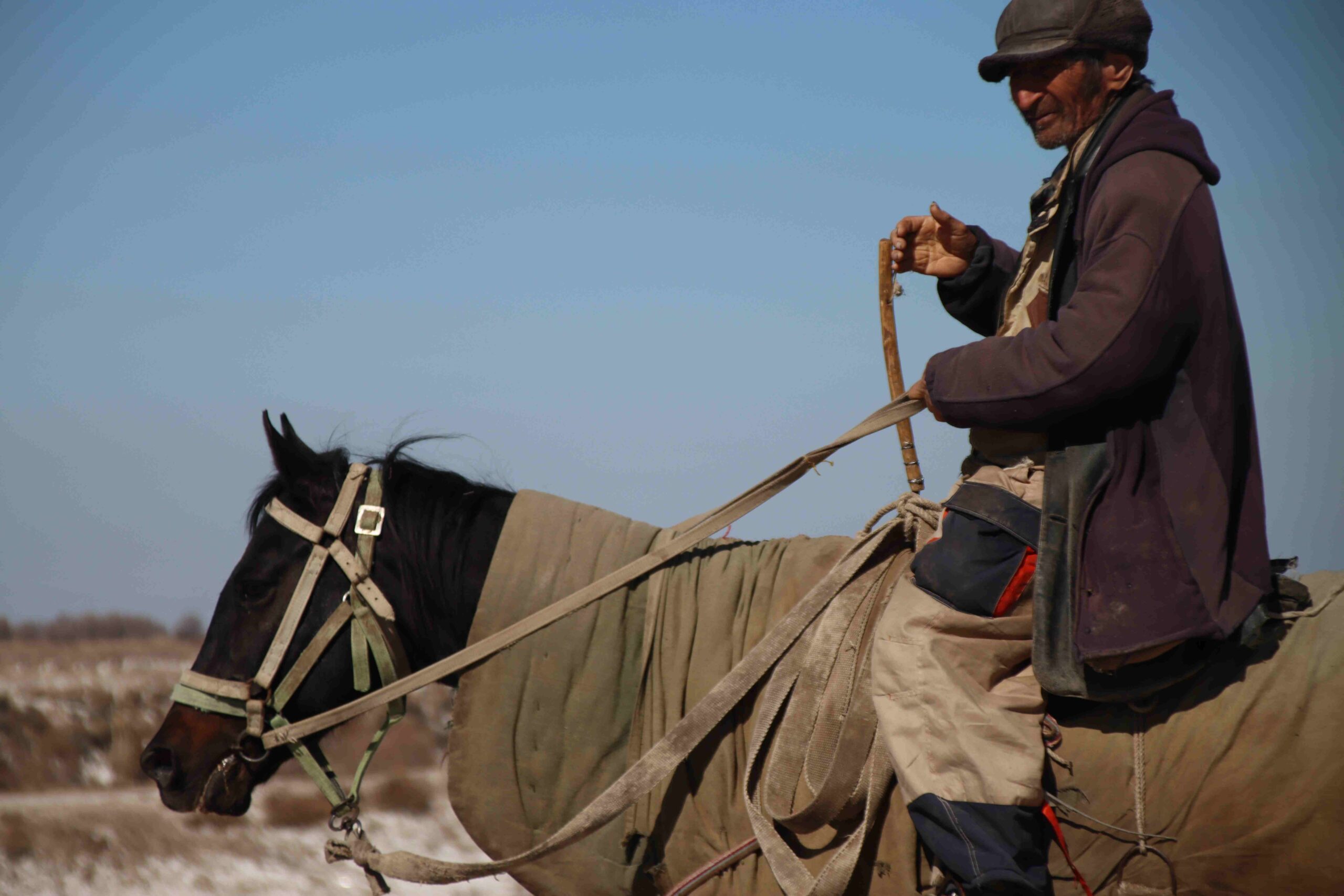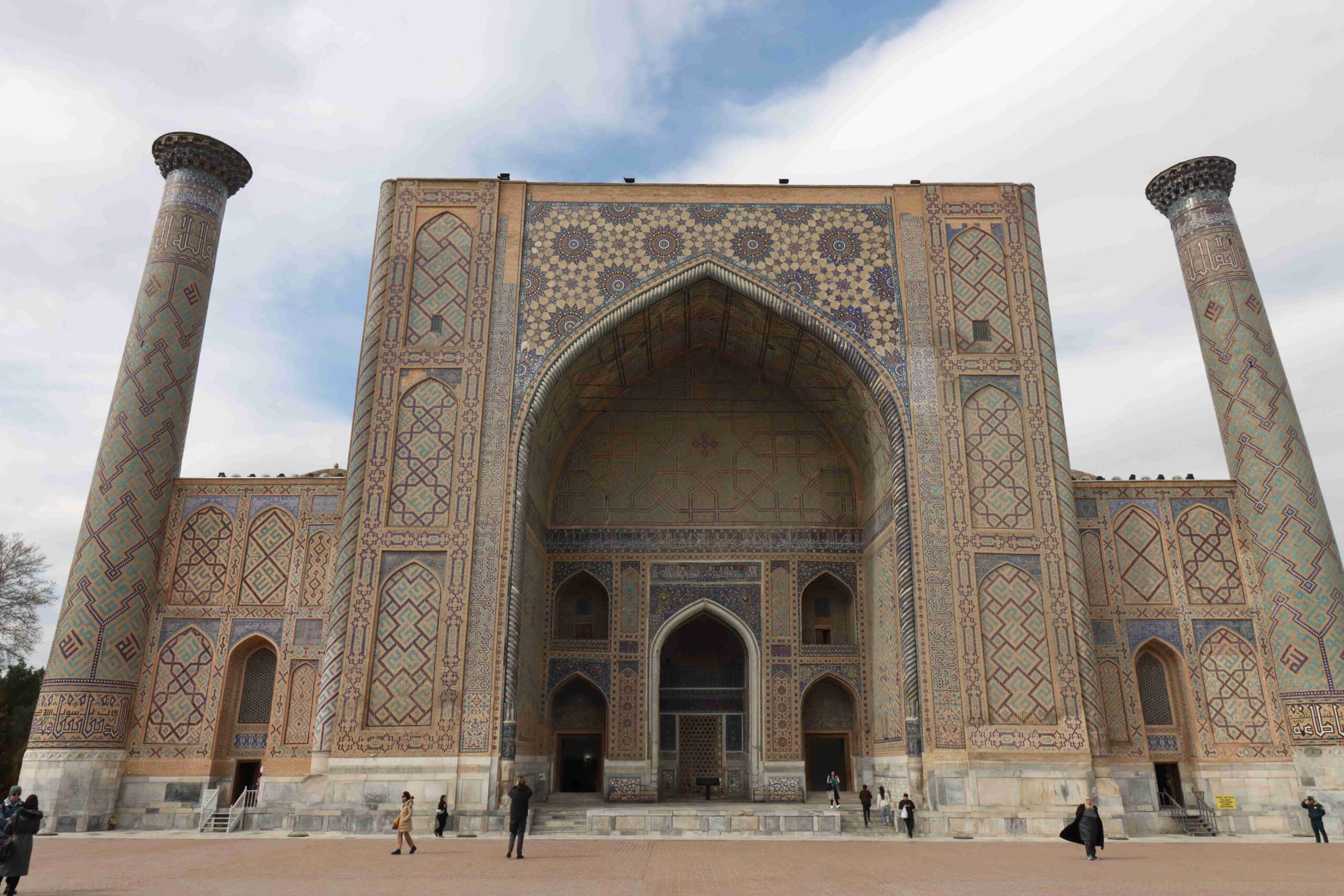From the days long before the Portuguese and the British plugged India all unwillingly into the European colonial world, it has been a land with the power of captivation, drawing people from the West as well as the East. Alexander of Macedon tried to add India to his list of prizes, and many Arab traders and missionaries, European merchants, Eastern mystics and monks of all kinds have written about a goal of coming here. The Pilgrim, the book currently in employ to pass my long train rides on the continent in less boredom, is authored by just one of these many figures, who traveled to India in the early 17th century. I had a feeling that I couldn’t rightly call myself a traveler without coming here, as India is one of the singular nations. Owing to its own vastness bordering almost on empire itself, it has no superior and brokers very few rivals in terms of color, heritage, and engine room. There are as many reasons to come to India as there are chapters in the Indian story stretching back to the earliest societal organization. New reasons are made decadally, and new chapters just as often.
There is such an intensity to this place. The sun rises as early as 5, and people are usually awake a bit earlier. The debilitating inland heat abates at 6, but the streets are lively long after. I’ve come to this hot, often sticky maelstrom on pilgrimage, which is no surprise because Westerners coming to experience the powerful spiritual heritage of this country is a story long told: by The Beatles, by Ram Das, by Julia Roberts, by Wes Anderson.
One of the finest reasons to travel here is the variance and character to be found in each state: namely how drastically it can change. Yesterday I saw someone I mistook for a Thai, but he and his compatriots were from Arunachal Pradesh, which if you didn’t know anything about it sounds like a perfectly Indian place, but is actually filled with people who look a lot more Himalayan than Indian. There are towering mountains there, like in Sikkim, which I bet most readers will never have heard of, but there are also scorching deserts, gentle tropics, and most of the world’s megacities. Out of all this diversity, I selected the state of Bihar, which, again, is one of the lesser-known states in India. This is a terrible irony for the Bihari people, because the story of their state is the story of India writ large. It was the foundational center of not only the subcontinent’s first organized state and first empire, but also the birthplace of many of India’s most famous kings such as Ashoka and Chandragupta, and also two of India’s five religions: Jainism and Buddhism.
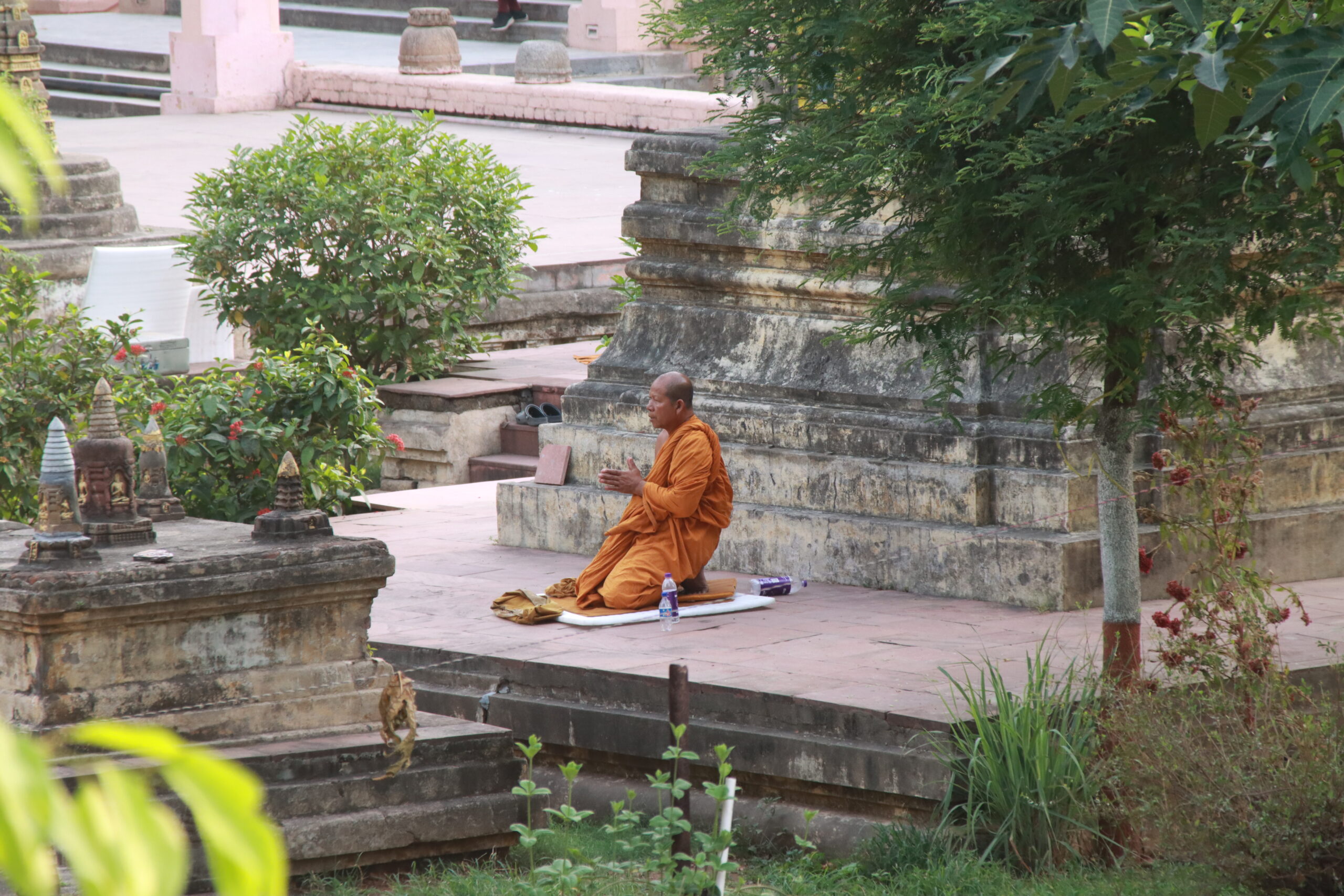
Prince Siddharta left the palace of the Sakya clan in southern Nepal to forsake worldly life in his search for truth in the south—in India. Arriving near the banks of what are today called the Niranjani and Mohana Nodi rivers, he began his quest for enlightenment. Fasting himself into a skeleton in meditation alongside five ascetics, a woman named Sujata came, saw his condition, and offered him rice and milk. At this Siddharta realized that disconnecting from the world and starving to death is self-indulgent, and not the way to the truth. Eating the rice to regain his strength, he would have crossed the river and come to the spot that today is one of two centers of Buddhism on Earth. Spending 7 days in meditation under a pipal tree, as the Hindus call it, but now forever known as the ‘Bodhi’ tree, profound insight came to him.
In the following six weeks, he deepened his practice. He walked 11 steps back and forth across a grove for 7 days, stared 7 days at his Bodhi tree without blinking, and on the fourth week, while meditating in the sun, his body began to shine with the colors that today grace the international flag of Buddhism: white, blue, orange, yellow, and red. Whilst meditating in a grove, he told animals that it is not the consequence of birth that creates a Brahmana, but the consequence of their deeds. On the sixth week, he selected an island in a small lake for meditation, and when a storm kicked up and buffeting rain began to pummel the Buddha, a giant snake exited the water and used her hood to shield him. On the final week, a pair of merchants came and offered him a kind of sweet bread, but with no money to his name, Buddha repaid them with 1 hair, 1 nail, and 2 mantras. They became his first lay followers.
It was then that Lord Buddha departed the spot now called Bodh Gaya to spread the Dharma to the world, and the first place to hear the teachings was Bihar.
Today though, Bihar is to some degree a backwater. Ranking low on Indian development metrics, most of the state’s income is generated rurally through farming. I’ve come here to place myself as close to this profound religion as I’m able and feel its presence down into my bones. I won’t be the last Westerner to seek faith and spirituality in this magical land, but it’s a difficult country to visit without a solid plan. In such an absence, one is left taking trains that last for 14 hours from city to city, and any relevant placement in time and culture is lost.
PICTURED ABOVE: © Andrew Corbley
